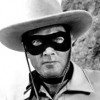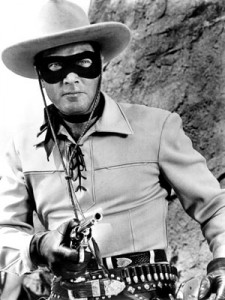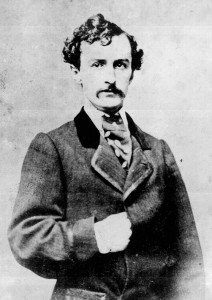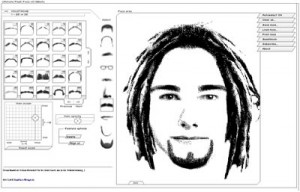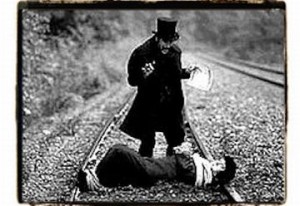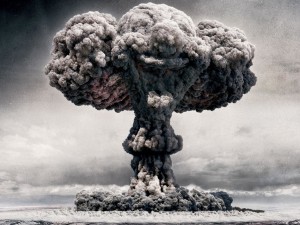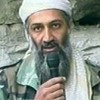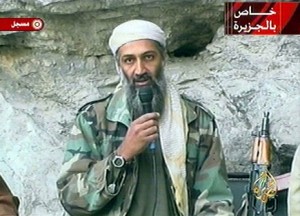[youtube]http://www.youtube.com/watch?v=SIQu6suV9dk[/youtube]
The anniversary is about to end on the East coast, and my desire to avoid op-eds, other news stories, even my carefully-pruned RSS feeds has begun to subside (though only for the latter, really). From the traffic and timestamps it would appear some of my favorite authors share that sentiment.
In doing my part to reduce the orgiastic blovation-quotient, I’ll instead merely link to a few of the finest this evening:
There’s nothing really anniversary-specific here, but I’ll always recommend the writing at Opinio Juris and Lawfare, as it appears that the legal ramifications of International Relations are no longer the sole domain of the most wonky, and on occasion it’s useful to hear from people who know what they’re talking about.
UPDATE: actually, it appears that on Lawfare there’s a sort of memorial “to the towers themselves”, wherein he cites Philipe Petit’s truly singular act of walking a tightrope surreptitiously strung between the towers, with a scene from Man on Wire.
[youtube]http://www.youtube.com/watch?v=8jov-HMaOPQ[/youtube]
Abu Muqawama’s (Andrew Exum) wonderful Q&A with Thomas Hegghammer on contemporary jihad.
The Long War Journal on a similar topic.
Since 9/11, there has been no other al Qaeda attack on US soil or
any other al Qaeda attack of a similar magnitude anywhere. Osama bin
Laden is dead, and most of al-Qaeda’s ‘legacy leaders’ have been
killed and replaced… Some officials have declared all of this a
“victory,” but lessons from the Philippines show that the next defeat
can come from the jaws of victory.
Paul Miller’s FP post, again, on a similar topic:
…9/11 was the declaration of a war that is not yet over. We cannot
mark this day until we know how this war ultimately ends. The public
meaning of 9/11 will be profoundly different depending on whether we
can look back with pride or with shame at the war that followed. That
means the global war against al Qaeda and, importantly, the war in
Afghanistan.
Resilience and Closure
Spencer Ackerman says:
When Barack Obama ran for president, his national security team told
me, in an extensive series of interviews, that a major focus of his
presidency would be to confront what they called the “politics of
fear” — the national-security freakout that led to counterproductive
post-9/11 moves like invading Iraq. But since coming to power, Obama
has accommodated himself to the politics of fear far more than he’s
confronted it.He’s allowed widespread surveillance of American Muslims. He was
reluctant to fight Congress over closing Guantanamo Bay. He backed
down on holding criminal trials for the 9/11 conspirators.Obama deserves credit for ordering the raid that killed bin Laden. But
presidents don’t ever give up their power without a fight.Only when citizens make it acceptable for politicians to recognize
that the threat of terrorism isn’t so significant can the country
finally get what it really needs, 10 years later: closure.
This puts me in mind of a prior Gestaltist post on strategic failure where I
quoted Stephen Flynn on resilience. It’s worth quoting again:
There were no federal air marshals aboard the aircraft. The North
American Aerospace Defense Command, or NORAD, could not intercept it;
it did not even know that the plane had been hijacked. Yet United 93
was stopped 140 miles from its likely destination—the U.S. Capitol or
the White House—because of the actions of the passengers who stormed
the cockpit… Americans should celebrate — and ponder — the reality
that the legislative and executive centers of the U.S. federal
government, whose constitutional duty is to “provide for the common
defense,” were themselves defended that day by one thing alone: an
alert and heroic citizenry.
The Contours of Catastrophe
The twin towers have, unfortunately, become an iconic image of disaster. As dreadful as it is, the image of the standing unscathed, smoking, or collapsing twin towers have become incredibly evocative to say the least. Even the void left by the towers has a semiotic power. Constantin Boym modified the original, more pristine, twin towers (during the first attack) to a revised pair bearing the marks of the two planes.
A decade has passed and bin Laden is dead. The original charter of the Egyptian Islamic Jihad–Zawahiri’s original home–which suggested that the Egyptian regime would have to be violently overthrown, has been quite fantastically disproven. In considering of 9/11 and the wars that followed I remember passage XXI of the Tao Te Ching:
When great numbers of people are killed, one should weep over them
with sorrow. When victorious in war, one should observe the rites of
mourning.



